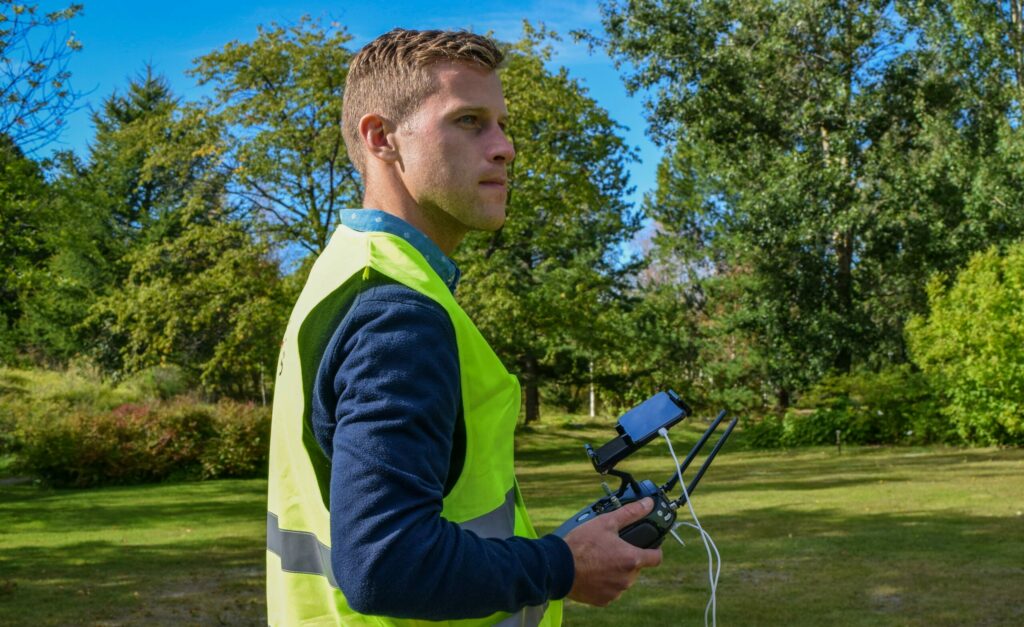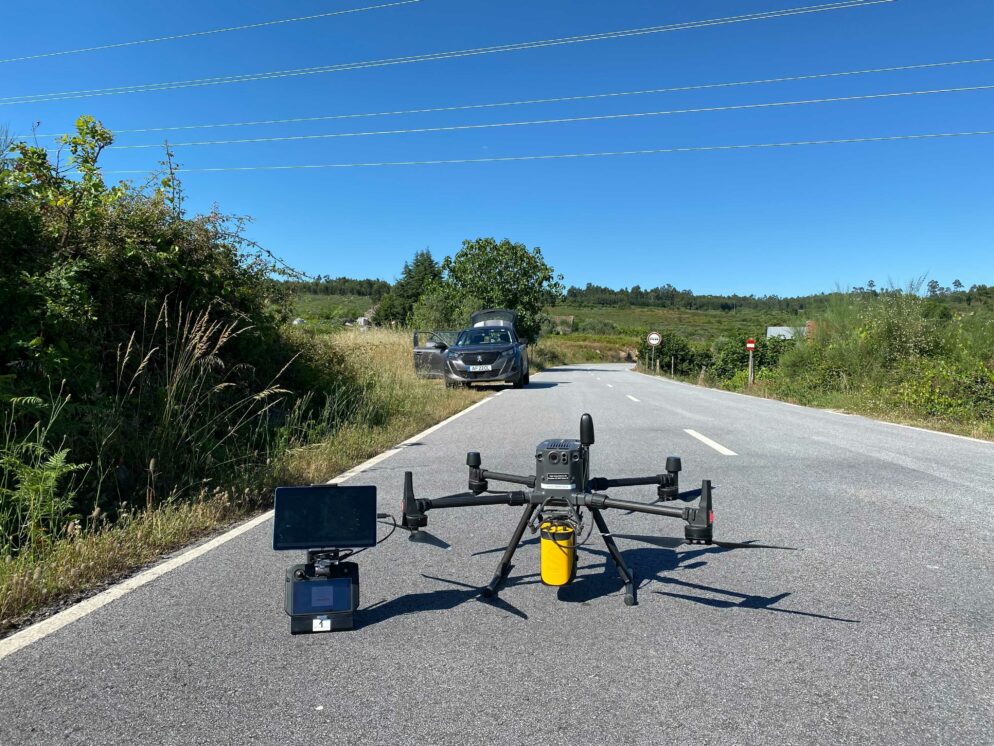About the client
E.DIS Netz GmbH
As one of the largest energy service providers in Germany, the E.DIS Group, based in Fürstenwalde / Spree, offers its partners and customers a wide range of diverse energy solutions. E.DIS network area extends from the Baltic Sea to the gates of the Spreewald. The services range from telecommunications to heat supply. E.DIS offers various technical services as well as infrastructure services for municipalities. The range of services offered by E.DIS AG and its subsidiaries and holdings is presented on this website. Find out more on the following pages.
E.DIS AG with its subsidiary E.DIS Netz GmbH is one of the largest regional energy network operators in Germany and operates a 79,000-kilometer power line network in Brandenburg and Mecklenburg-Western Pomerania on an area of 35,500 square kilometres. In addition, there is an approx. 4,700 km long gas pipeline network in the eastern part of Mecklenburg-Western Pomerania and in the north of Brandenburg on an area of 9,770 square kilometres.
With more than 1,500 employees and over 100 trainees, E.DIS Netz GmbH is one of the largest employers and trainers in East Germany. At three training centers in Rostock, Brandenburg an der Havel and Fürstenwalde/Spree, they train many young people every year, also for third parties. E.DIS Netz has repeatedly been recognized as a “top training company” for the high quality of their training.



